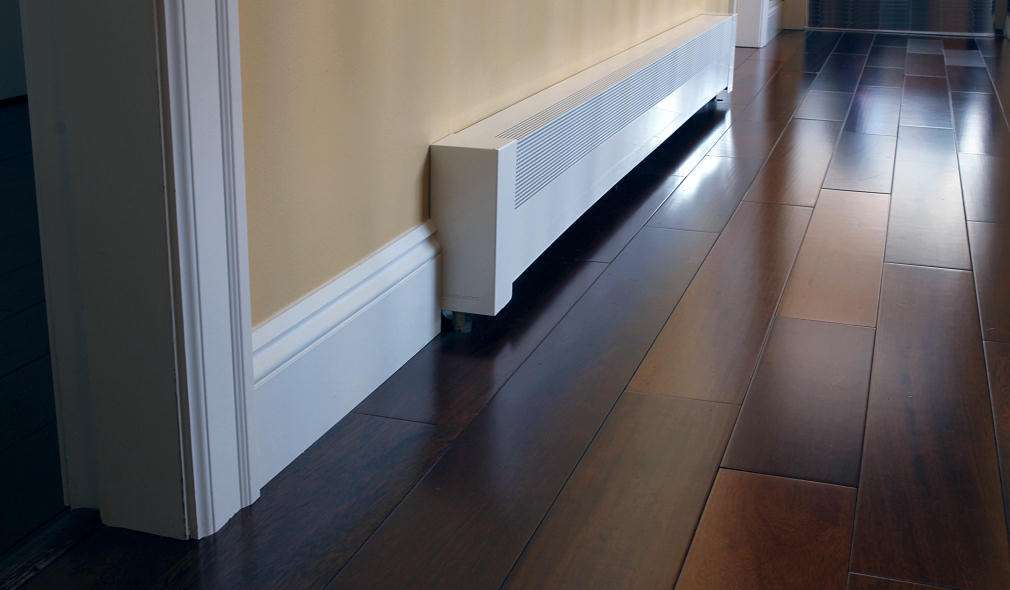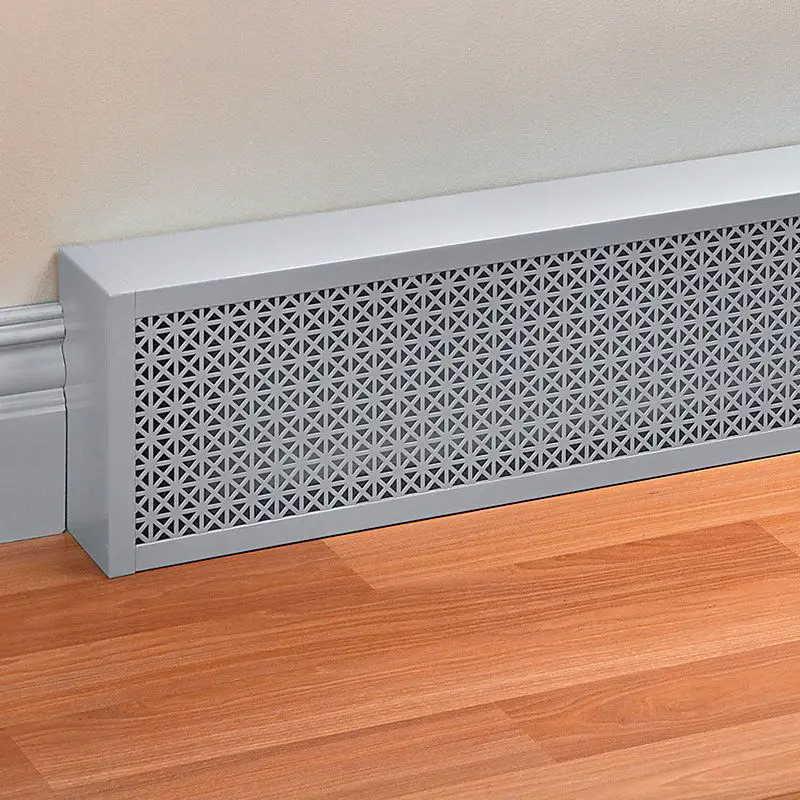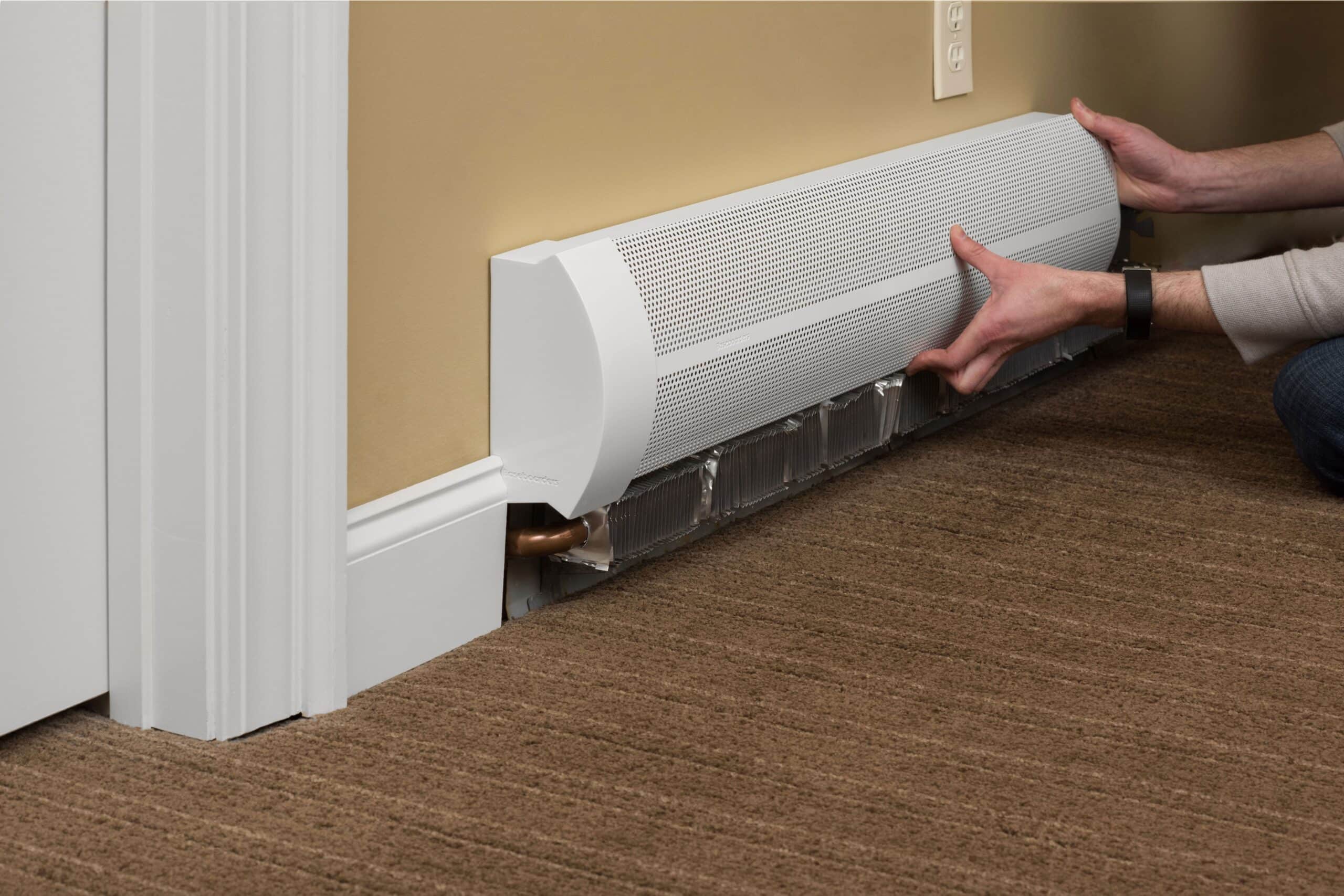How To Get Rid Of Baseboard Heaters
Introduction
How To Get Rid Of Baseboard Heaters: Baseboard heaters are a common feature in many homes, providing a reliable source of heat during the colder months. However, there may come a time when you want to get rid of these heaters for various reasons. Whether you are looking to upgrade to a more efficient heating system or simply want to change the aesthetics of your space, removing baseboard heaters can be a straightforward process if done correctly.
Firstly, it is important to understand the type of baseboard heater you have in order to determine the best method for removal. There are two main types of baseboard heaters: electric and hydronic. Electric baseboard heaters are powered by electricity and can be easily disconnected from the electrical supply. On the other hand, hydronic baseboard heaters are connected to a hot water or steam system and require additional steps for removal.
Next, you will need to gather the necessary tools and equipment for the removal process. This may include a screwdriver, pliers, wire cutters, and a utility knife. It is also important to ensure that you have turned off the power supply to the baseboard heaters before starting any work. This can be done by switching off the circuit breaker or removing the fuse that controls the heaters.
Once you have prepared the necessary tools and turned off the power supply, you can begin the removal process. Start by removing the cover or grille of the baseboard heater. This is usually held in place by screws or clips and can be easily removed with a screwdriver or pliers.

How do you permanently remove a baseboard heater?
Let’s get started!
- Shut Off the Power to the Baseboard Heater
- Remove the Baseboard Heater’s Access Cover
- Disconnect the Wires Leading to the Baseboard Heater
- Unscrew the Baseboard Heater From the Wall
- Seal the Circuit Wires
- Turn the Electricity Back On
- Touch Up the Wall and Floor
- Final Thoughts
Removing a baseboard heater permanently can be a relatively simple process if you follow the right steps. In this article, we will outline the steps you need to follow to permanently remove a baseboard heater.
Turn off the power
The first and most important step in removing a baseboard heater is to turn off the power.
Remove the cover
Once the power is turned off, you can proceed to remove the cover of the baseboard heater. Carefully lift the cover off the heater and set it aside.
Disconnect the wiring
After removing the cover, you will need to disconnect the wiring that connects the heater to the electrical supply. Make sure to label each wire with tape or a marker to ensure that you can easily reconnect them later if needed.
Remove the heater
Once the wiring is disconnected, you can proceed to remove the baseboard heater itself. Carefully lift the heater off the wall and set it aside.
How much does it cost to get rid of baseboard heating?
Getting rid of baseboard heating can vary in cost depending on several factors. These factors include the size of the space, the type of heating system being installed, and the complexity of the installation process. It is important to consider these factors when determining the cost of removing baseboard heating.
The size of the space is a significant factor in determining the cost of removing baseboard heating. Larger spaces will require more materials and labor, which can increase the overall cost. Additionally, larger spaces may require more extensive modifications to the existing heating system, further increasing the cost.
The type of heating system being installed is another factor to consider. There are several options available, including forced air systems, radiant floor heating, and heat pumps. Each of these options has its own associated costs, and the specific requirements of the space will determine which system is most suitable.
What can replace baseboard heaters?
5 Options to Replace Your Baseboard Heating System
- Ductless Heat Pumps. One of the most popular alternatives to baseboard heating is a ductless heat pump
- Solar Heat. One of the most advanced ways of heating your home is doing so with solar heat
- High-Efficiency Furnace
- Wood Heating
- Heat Pumps
There are several alternatives to baseboard heaters that can provide better heating performance and energy efficiency. These alternatives include radiant floor heating, ductless mini-split systems, and electric wall heaters.
Radiant floor heating is a popular alternative to baseboard heaters. This type of heating system uses electric cables or water-filled pipes installed beneath the floor to radiate heat upwards. Radiant floor heating provides a more even and comfortable heat distribution compared to baseboard heaters. It also eliminates the need for bulky baseboard units, allowing for more flexibility in furniture placement and room design.
Ductless mini-split systems are another option to consider. These systems consist of an outdoor unit and one or more indoor units that are connected by refrigerant lines. Ductless mini-split systems provide both heating and cooling capabilities, making them a versatile solution for year-round comfort.
Electric wall heaters are a convenient alternative to baseboard heaters.
Are baseboard heaters unsafe?
Generally speaking, electric baseboard heaters are safe when installed correctly and kept far away from any flammable materials. Exercise caution if you have children or pets in a home with electric baseboard heat. These become much hotter to the touch than hydronic and burns can result.
Baseboard heaters are a popular choice for heating homes, but many people wonder if they are safe to use. The safety of baseboard heaters depends on several factors, including their installation, maintenance, and usage.
Firstly, Improper installation can lead to electrical hazards, such as short circuits or electrical fires.
Secondly, regular maintenance is crucial to ensure the safety of baseboard heaters. This includes cleaning the heaters regularly to remove any dust or debris that may have accumulated. Dust buildup can reduce the efficiency of the heaters and increase the risk of overheating.
Thirdly, proper usage of baseboard heaters is essential for safety. It is important to never overload the electrical circuit by plugging in too many appliances or devices into the same outlet. Overloading the circuit can cause the wires to overheat and potentially start a fire.
Lastly, it is important to use caution when using baseboard heaters around children or pets. The surface of the heaters can become hot to the touch, which can pose a burn risk.
How can I heat my room without baseboards?
There are several ways to heat a room without using baseboards. Baseboard heaters are a common method of heating a room, but they can be expensive to install and operate. If you’re looking for alternative ways to heat your room, there are a few options to consider.
One option is to use a space heater. Space heaters are portable and can be moved from room to room as needed. They come in various sizes and types, including electric, propane, and kerosene. Electric space heaters are the most common and are generally the safest option. Propane and kerosene space heaters are also effective but require proper ventilation to prevent carbon monoxide buildup.
Another option is to use a fireplace or wood-burning stove. These can provide both heat and ambiance to a room. Both options require a chimney or venting system to safely remove smoke and gases from the room.
Electric space heaters are a portable and cost-effective alternative to baseboard heating.
If you’re looking for a more energy-efficient option, consider using a radiant heater. This can be a more efficient way to heat a room, as it doesn’t waste energy heating unused space. Radiant heaters can be electric or gas-powered and come in various sizes and styles.
Finally, improving the insulation in your room can help retain heat and reduce the need for additional heating sources. Insulating windows and doors, sealing drafts, and adding insulation to walls and ceilings can all contribute to a warmer room. Additionally, using curtains or blinds to cover windows at night can help prevent heat loss.
When it comes to removing baseboard heaters, there are a few effective methods that can be followed. Firstly, it is important to turn off the power supply to the heater by switching off the circuit breaker. This ensures safety during the removal process.
This involves unscrewing the wire nuts that connect the wires together. It is crucial to ensure that the wires are not live before proceeding with this step. It is important to handle the heater with care to avoid any damage or injury.
Are there any specific tools or equipment required to safely remove baseboard heaters?
When it comes to safely removing baseboard heaters, there are a few specific tools and equipment that you will need. Firstly, you will need a screwdriver, preferably a flathead or Phillips head, depending on the type of screws used to secure the heater to the wall. This will allow you to easily remove the screws and detach the heater from the wall.
In addition to a screwdriver, you may also need a pry bar or a putty knife to gently pry the baseboard heater away from the wall. This can help loosen any adhesive or caulking that may be holding the heater in place. It is important to be cautious and gentle when using these tools to avoid damaging the wall or the heater itself.
Lastly, it is recommended to have a pair of gloves and safety goggles to protect yourself during the removal process. Gloves will help protect your hands from any sharp edges or debris, while safety goggles will prevent any dust or particles from getting into your eyes. These tools and equipment are essential for safely removing baseboard heaters and ensuring a smooth and efficient process.
Can baseboard heaters be disconnected and removed without professional assistance?
To disconnect the baseboard heater, you will need a few tools such as a screwdriver, pliers, and wire cutters. Start by removing the cover panel of the heater by unscrewing the screws that hold it in place. Once the cover is removed, you can access the wiring connections. Carefully disconnect the wires by unscrewing the wire nuts and separating the wires. Make sure to label the wires or take a picture for reference when reconnecting the new heater.
Are there any potential risks or hazards associated with removing baseboard heaters?
Yes, there are potential risks and hazards associated with removing baseboard heaters. It is important to be aware of these risks and take necessary precautions to ensure safety during the removal process.
One potential risk is electrical shock. Baseboard heaters are connected to electrical wiring, and if not properly disconnected, there is a risk of coming into contact with live wires. It is crucial to turn off the power supply to the heater and use a voltage tester to ensure that there is no electricity flowing to the unit before starting the removal process.
Another risk is injury from sharp edges or heavy equipment. It is important to wear protective gloves and eyewear to prevent any injuries from sharp edges or flying debris. Additionally, baseboard heaters can be heavy, so it is important to use proper lifting techniques or seek assistance to avoid strain or injury.
Are there any alternative heating options that can be considered as a replacement for baseboard heaters?
Yes, there are several alternative heating options that can be considered as a replacement for baseboard heaters. One popular option is radiant floor heating, which involves installing heating elements beneath the floor surface to provide even and efficient heat distribution. This type of heating system is often considered more comfortable and energy-efficient compared to baseboard heaters.
Heat pumps are also a viable alternative to baseboard heaters. These devices extract heat from the air or ground and transfer it indoors, providing both heating and cooling capabilities. Heat pumps are highly efficient and can significantly reduce energy consumption compared to traditional heating systems.

Conclusion
Overall, getting rid of baseboard heaters can be a relatively simple process if you follow the necessary steps and take the time to properly plan and execute the removal. By considering alternative heating options and consulting with professionals, you can ensure a smooth transition and a more efficient heating system in your home.
Firstly, it is important to assess your heating needs and determine if removing the old baseboard heaters is the right decision for you. Consider factors such as the age and condition of the heaters, the cost of maintenance and repairs, and the energy efficiency of the system.
Getting rid of baseboard heaters requires careful consideration and planning. By assessing your heating needs, exploring alternative options, and consulting with professionals, you can successfully remove the baseboard heaters and improve the efficiency of your home’s heating system. Remember to prioritize safety throughout the process and to make any necessary modifications or upgrades to ensure a smooth transition. With the right approach, you can enjoy a more comfortable and energy-efficient home without the need for baseboard heaters.








